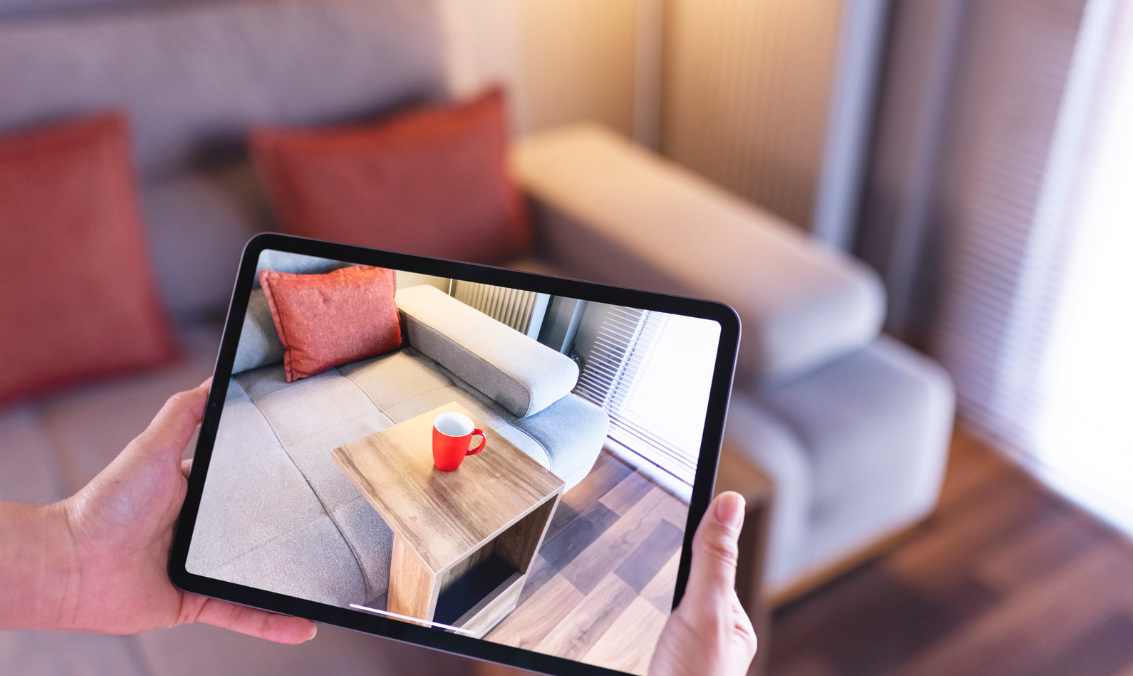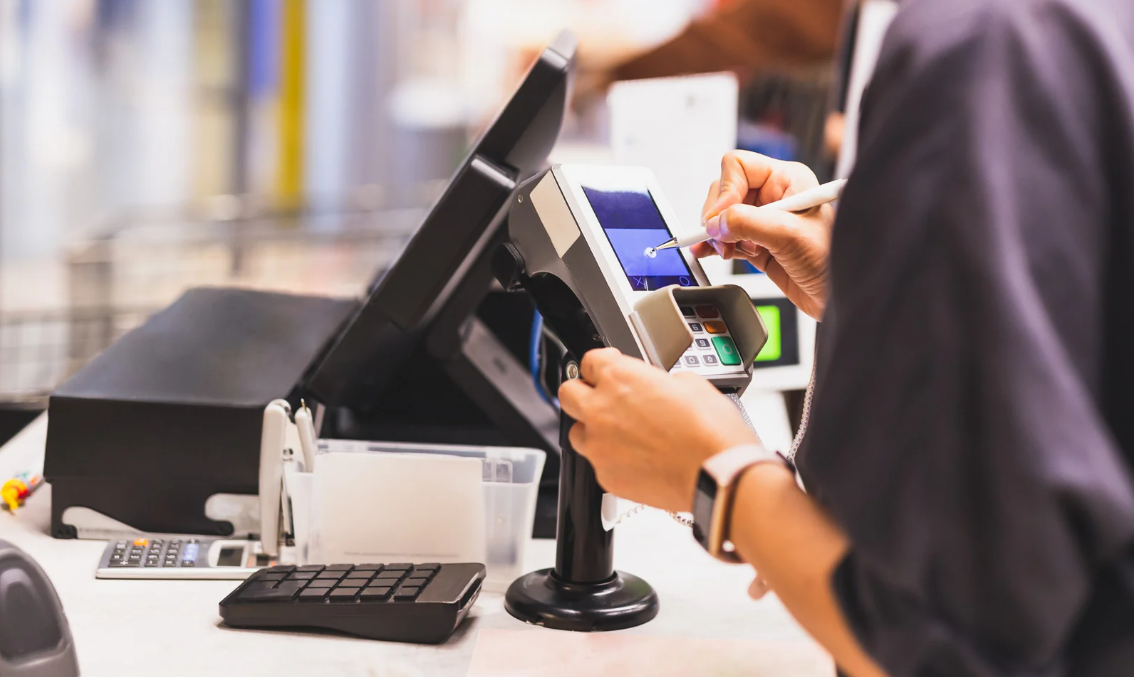Augmented reality (AR) is revolutionizing the retail landscape in Macau, enhancing customer experiences and transforming traditional shopping into immersive adventures. As retailers in this vibrant city adopt AR technologies, they are not only improving engagement but also driving sales and customer loyalty. This article explores the various ways AR is reshaping retail in Macau, the benefits it brings to both consumers and retailers, and what the future holds for this innovative technology in the region.

The Rise of AR in Retail
In recent years, Macau has seen a surge in the integration of AR technologies within its retail sector. This shift aligns with global trends where retailers leverage AR to create unique shopping experiences that resonate with tech-savvy consumers. The COVID-19 pandemic accelerated this trend, as businesses sought new ways to connect with customers while adhering to social distancing measures.
AR technologies enable retailers to offer interactive experiences that blend digital content with the physical world. For instance, the “Beyond the Boundaries” digital fashion exhibition showcased AR viewing experiences, allowing visitors to engage with 3D-printed clothing in innovative ways. Such initiatives not only attract attention but also foster a deeper connection between consumers and brands.
Enhancing In-Store Experiences
AR enhances in-store experiences by providing customers with interactive elements that make shopping more engaging. Retailers can use AR applications to allow customers to visualize products in their own space, try on virtual clothes, or access detailed product information through their smartphones. This technology not only captivates shoppers but also helps them make informed purchasing decisions.
For example, retailers can implement AR mirrors that allow customers to virtually try on clothing or accessories without physically changing outfits. This not only saves time but also enhances convenience, particularly during busy shopping periods. Additionally, AR can be used to create interactive displays that provide customers with information about product origins, ingredients, or usage tips.
The “關前薈” initiative introduced AR technology to the historic streets of Macau, creating an interactive environment where visitors could engage with local businesses through gamified experiences. By scanning QR codes placed around the area, customers could participate in AR games that enhanced their exploration of the neighborhood while also offering discounts and promotions at participating stores. This blend of entertainment and shopping creates a memorable experience that encourages exploration and spending.

The Impact on Consumer Behavior
The adoption of AR in retail is particularly appealing to younger consumers who seek novel experiences. Research indicates that millennials and Gen Z are especially drawn to brands that incorporate innovative technologies like AR and virtual reality (VR) into their shopping journeys. A significant percentage of this demographic expresses interest in brands that enhance their shopping experience through immersive technologies.
As consumers become accustomed to these enhanced experiences, their expectations for retail interactions evolve. They increasingly seek out stores that offer seamless integration of digital and physical elements, thereby influencing their purchasing decisions and brand loyalty.
Moreover, studies show that consumers are more likely to purchase products after interacting with them through AR applications. This is particularly evident in sectors such as fashion and beauty, where virtual try-ons can lead to higher conversion rates. Retailers who embrace these technologies can significantly enhance customer satisfaction while simultaneously boosting sales.
Driving Sales Through Engagement
AR not only enhances customer engagement but also drives sales. By creating memorable interactions, retailers can increase foot traffic and encourage repeat visits. The integration of AR with promotional campaigns has shown to stimulate consumer interest significantly. For instance, retailers can use AR to create interactive displays that highlight special promotions or new products, directly influencing buying behavior at the point of sale.
Furthermore, initiatives like “關前薈” have demonstrated how integrating discounts with AR interactions can lead to increased spending among consumers who are incentivized to explore and engage with local businesses. Such strategies are vital for revitalizing community economies and supporting small businesses in Macau.
In addition to direct sales boosts, AR can enhance brand loyalty by providing ongoing value to customers. For example, retailers can develop loyalty programs integrated with AR features that reward customers for engaging with their brand through interactive experiences. This not only encourages repeat visits but also fosters a sense of community among loyal customers.

Challenges and Future Prospects
Despite its potential, the implementation of AR technology in retail faces challenges. These include the need for significant investment in technology infrastructure and staff training to ensure effective use of AR tools. Retailers must also navigate consumer privacy concerns related to data collection through AR applications.
Moreover, while many consumers express interest in AR experiences, there remains a segment that may be hesitant due to unfamiliarity or skepticism about its practicality. Retailers must educate consumers on how to use these technologies effectively while demonstrating tangible benefits.
Looking ahead, as technology continues to evolve and become more accessible, it is expected that more retailers in Macau will adopt AR solutions. This trend will likely lead to a more competitive retail environment where businesses must continually innovate to meet consumer expectations.
The future of retail in Macau may see even more advanced applications of AR technology. For instance:
- Personalized Shopping Experiences: By leveraging data analytics alongside AR technology, retailers could offer personalized recommendations based on individual preferences and shopping history.
- Enhanced Customer Support: Retailers may implement AR tools that allow customers to receive real-time assistance from staff members through virtual avatars or chatbots embedded within the store’s environment.
- Integration with E-commerce: As online shopping continues to grow, integrating AR into e-commerce platforms could provide customers with an interactive experience similar to physical stores—allowing them to visualize products before making a purchase.
Conclusion
In conclusion, augmented reality is reshaping the retail landscape in Macau by enhancing customer experiences and driving engagement. As retailers embrace this technology, they not only improve their operational efficiency but also create a more dynamic shopping environment that appeals to modern consumers.
The integration of innovative solutions like 多利GO (Trollee)—a smart shopping cart platform utilizing advanced technologies including AR—will further transform retail practices by streamlining operations while enhancing customer interactions.
For those interested in exploring how these technologies can elevate their retail experience, visit our official website databoomb.hk for more information on how we can help transform your retail experience.

